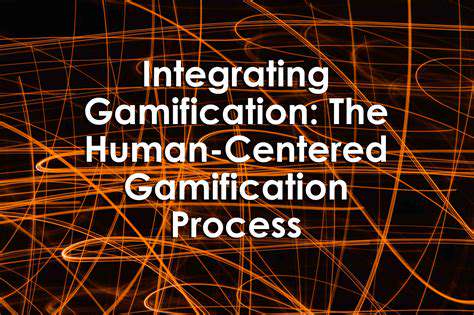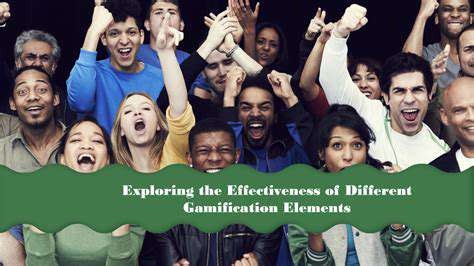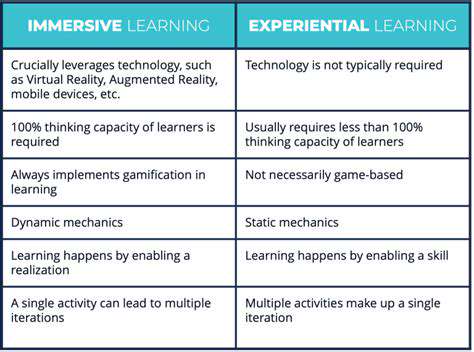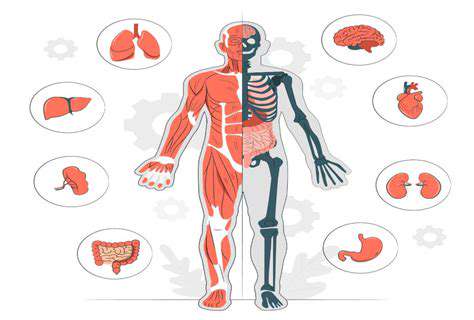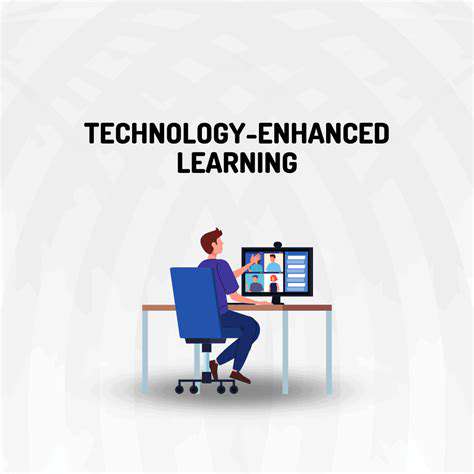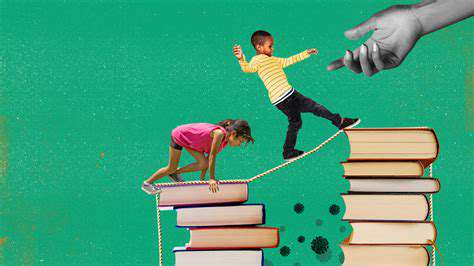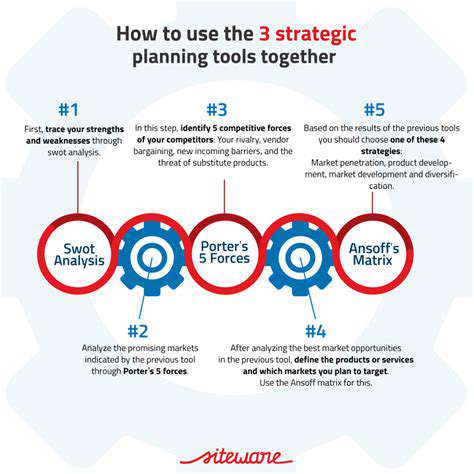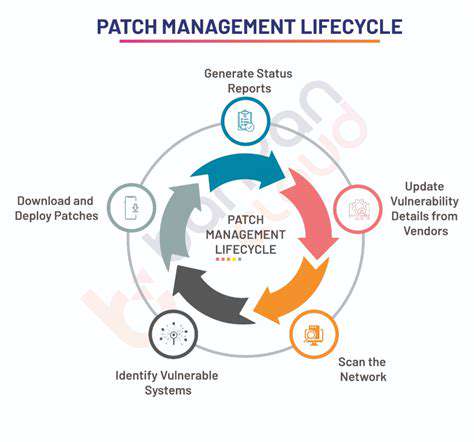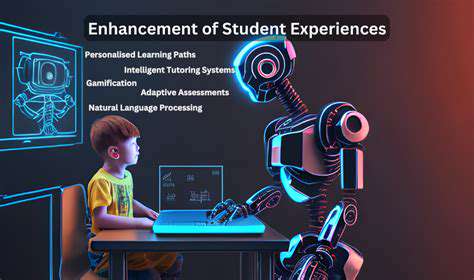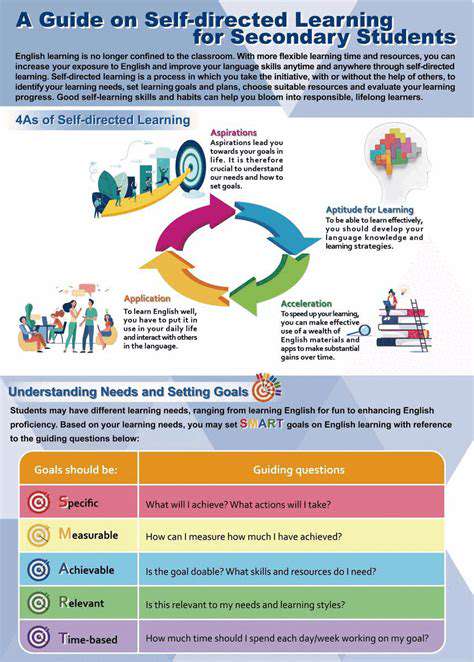Integrating Location Based Learning into Mobile Apps
Imagine stepping outside the four walls of a classroom and letting the world become your textbook. That’s the essence of location-based learning (LBL), a cutting-edge educational approach that turns physical environments into dynamic learning spaces. When students connect lessons to real-world settings, something magical happens—abstract concepts suddenly click into place. This method breathes life into subjects like history, where walking through a battlefield beats reading about it, or science, where examining ecosystems firsthand makes textbook diagrams obsolete.
The secret sauce? Technology. GPS-enabled apps and augmented reality tools act as digital tour guides, overlaying information onto real-world vistas. Picture students pointing their tablets at a historic building and watching as augmented reality reconstructs its original architecture—that’s the power of immersive learning. Traditional classrooms can’t compete with this level of engagement, where every discovery feels like uncovering hidden treasure.
Engaging Students Through Immersive Experiences
Forget passive note-taking—LBL turns students into explorers. When learners physically interact with their environment to solve problems or complete challenges, knowledge sticks. A biology lesson becomes an adventure as students catalog local plant species, while history transforms into detective work as they piece together clues at historical sites.
The beauty lies in its flexibility. Augmented reality can scale experiences for different ages—elementary students might enjoy animated characters explaining local geology, while high schoolers analyze architectural styles through 3D modeling. This adaptability makes LBL a universal key that unlocks learning potential across diverse student populations.
The Future of Learning: Adaptability and Accessibility
Education shouldn’t be confined by zip codes or bank balances. LBL democratizes learning by turning every smartphone into a classroom. Museums, parks, even urban neighborhoods become laboratories where socioeconomic barriers to enriched education dissolve. A student in rural Kansas can virtually explore the Louvre, while inner-city youth might analyze local architecture through historical lenses.
This approach fosters unexpected connections. When students from different backgrounds share location-based learning experiences, they gain not just knowledge but shared frames of reference. That park bench becomes a physics lab for calculating force, while the grocery store transforms into a mathematics classroom—learning becomes inseparable from living.
Leveraging Gamification to Boost Engagement in Location-Based Learning
Enhancing User Motivation
Remember the thrill of leveling up in your favorite game? Gamification harnesses that same psychological pull for education. When learners earn badges for completing location-based challenges or see their names climb leaderboards, dopamine kicks in. Suddenly, memorizing historical dates feels rewarding when it’s part of unlocking the next stage in a neighborhood history quest.
The genius lies in the shift from “you should learn this” to “you want to discover this.” Completing a geology scavenger hunt feels like play, yet students absorb complex concepts effortlessly. This subtle rewiring of motivation creates self-sustaining learning cycles that traditional methods struggle to match.
Creating Interactive Learning Experiences
Gamification turns cities into interactive textbooks. Imagine an architecture app that challenges users to photograph and identify five different building styles in their downtown area. Each discovery triggers a mini-lesson about architectural history, creating knowledge anchored to physical landmarks. The local park’s trees become biology flashcards when scanning them with an app reveals species information and ecological roles.
This approach develops crucial real-world skills. Navigating physical spaces to solve puzzles enhances spatial reasoning, while time-based challenges improve quick thinking. Unlike static worksheets, these dynamic experiences mirror how we naturally learn through exploration and problem-solving.
Promoting Collaboration and Competition
Learning becomes social when gamification enters the picture. Team-based challenges transform individual pursuits into collective adventures—history buffs might collaborate to reconstruct a neighborhood’s timeline by pooling location-based discoveries. Friendly competition adds spice, as learner groups race to complete geography challenges or solve urban design puzzles.
The key is balance. Well-designed systems reward both individual achievement and teamwork—perhaps through team leaderboards alongside personal progress metrics. This dual focus creates learning communities where students push each other while sharing knowledge, mirroring professional environments they’ll eventually enter.
Implementing Effective Rewards Systems
Virtual badges work wonders when they represent real accomplishment. A “Local Historian” badge earned by interviewing community elders and documenting five historical sites carries more weight than generic participation trophies. The most effective rewards create bragging rights tied to demonstrable skills—like unlocking advanced challenges after mastering basic concepts.
Transparency is crucial. Clear rubrics showing how to earn rewards prevent frustration, while tiered systems maintain long-term engagement. Intermediate milestones provide frequent dopamine hits, while major achievements offer satisfying climaxes to learning journeys.
Tracking Progress and Providing Feedback
Visual progress trackers act as learning compasses. Seeing a map gradually fill with visited locations or a skill tree light up with completed nodes provides tangible evidence of growth. Real-time feedback loops are game-changers—immediate corrections when a student misidentifies a plant species reinforce learning more effectively than delayed test results.
These systems excel at making the invisible visible. Abstract concepts like “research skills” become concrete when students see progress bars measuring how many primary sources they’ve documented in their neighborhood history project.
Designing Engaging and Relevant Content
The magic happens when educational content feels like an adventure rather than assigned material. A geology app becomes irresistible when it frames rock identification as solving the mystery of how the local landscape formed. Historical walking tours transform from lectures into choose-your-own-adventure stories where each location reveals another plot twist in the city’s development.
Age-appropriate design is key. Younger learners might enjoy cartoon characters guiding them through nature trails, while adults prefer sophisticated augmented reality interfaces analyzing urban infrastructure. The best systems feel less like education and more like discovery.
Future Trends and Applications of Location-Based Learning
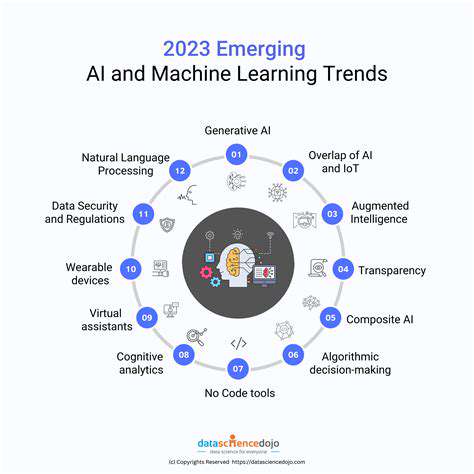
Emerging Technologies Shaping the Future
Education technology isn’t just evolving—it’s undergoing a revolution. Artificial intelligence will soon personalize location-based learning in real-time, adjusting content difficulty based on a learner’s environment and performance. Imagine an app that recognizes when you’re struggling with architectural concepts at a historic site and instantly serves up simpler explanations or visual aids.
The fusion of IoT and LBL promises smart learning ecosystems. Sensors in museums could trigger customized content based on visitor movement patterns, while citywide learning games might incorporate real-time data from municipal systems. This interconnected web of technologies will create learning experiences we can barely imagine today.
Personalized Experiences in the Digital Age
Future LBL platforms will know you better than your favorite teacher. By analyzing your learning history, these systems might suggest visiting specific locations to reinforce challenging concepts or create custom scavenger hunts targeting your knowledge gaps. This hyper-personalization could make learning as individually tailored as your Netflix recommendations, but with real-world adventures instead of screen time.
The implications for special needs education are profound. Students with different learning requirements could receive location-based content adapted to their specific needs—audio descriptions for visually impaired learners or simplified texts for those with reading difficulties, all triggered automatically based on their GPS location.
Sustainable Solutions for a Changing World
Location-based learning could become sustainability’s secret weapon. Apps might challenge students to document local environmental changes over time, creating crowdsourced climate change datasets. Imagine earning badges for identifying invasive species in your community or completing urban heat island mapping projects—learning while contributing to real scientific research.
This approach fosters environmental stewardship. When students personally document pollution in their neighborhoods or track seasonal changes in local ecosystems, abstract environmental concerns become concrete—and motivation to address them grows organically.
Augmented Reality and Virtual Reality Integration
The line between physical and digital learning spaces will blur. Future AR glasses might overlay historical reenactments onto real locations as you walk, while VR could transport students to inaccessible sites like Antarctica’s ecosystems or Mars’ surface. These technologies will make “field trips” possible anywhere—from your local park to the surface of distant planets—all experienced through immersive digital layers.
Hybrid experiences will become commonplace. A student might begin a lesson by exploring their actual neighborhood, then switch to a VR simulation showing how the same area looked during different historical periods—creating powerful comparative learning moments.
Advancements in Biotechnology and Healthcare
Location-based learning will revolutionize medical education. Nursing students might practice procedures on AR patients projected onto real hospital beds, while public health learners could track disease spread patterns through interactive city maps. The hospital of the future might use indoor positioning systems to deliver just-in-time training modules based on a resident’s exact location in the facility.
For public health, imagine apps that educate about local disease risks based on your GPS location—warning about tick habitats during hikes or air quality issues in specific neighborhoods, paired with prevention strategies.
The Future of Work and Workforce Development
Corporate training will never be the same. New employees might learn warehouse procedures through AR overlays at actual workstations, while sales teams practice client interactions at real business locations. This just-in-time, just-in-place learning reduces training costs while improving retention—mistakes made in virtual simulations cost nothing but teach everything.
The gig economy will particularly benefit. Delivery drivers could receive location-specific training modules—learn proper lifting techniques when arriving at a warehouse, or food safety protocols when approaching a restaurant pickup.
Cybersecurity and Data Privacy Concerns
As LBL grows, so do its risks. Future systems will need bulletproof encryption for location data, especially for minors. Blockchain technology might verify educational achievements earned through location-based activities while preserving anonymity. The challenge lies in creating rich learning experiences without creating surveillance systems disguised as education.
Transparency will be crucial. Learners should always know what data they’re sharing and why—perhaps through clear visual indicators when apps access location data, with easy opt-out options for sensitive locations like homes or healthcare facilities.
